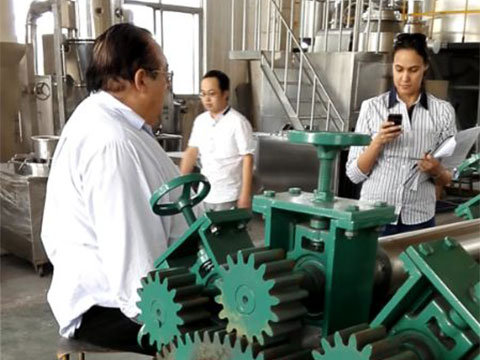Feed flow rate and spray rate of spray dryer
Feed flow rate and spray rate of Spray Dryer
The feed flow rate and spray rate of centrifugal spray drying are two key parameters, which directly affect the drying process and product properties. The following is the analysis of these two parameters:
1. Feed flow rate:
Definition: The feed flow rate refers to the volume or mass of liquid or suspended materials entering the drying equipment per unit time. Usually expressed in terms of volumetric flow rate (such as liters per hour) or mass flow rate (such as kilograms per hour).
Influencing factors: The selection of feed flow rate depends on the product requirements, equipment processing capacity, and drying time. Higher feed flow rates can increase production, but may reduce drying efficiency, leading to larger particles or uneven drying. A lower feed flow rate may increase the drying time to obtain finer and more uniform particles.
Adjustment: The feed flow can be controlled by adjusting the speed of the feed pump or the flow control valve. Reasonable selection and adjustment need to be made based on the characteristics of the product and the required particle characteristics.
2. Spray rate:
Definition: spray rate refers to the rate at which liquid is sprayed into small droplets from the spray. It is usually expressed in the number of droplets per minute of spray.
Influencing factors: spray rate will affect the size and shape of particles. A higher spray rate will produce smaller particles, while a lower spray rate will produce larger particles. At the same time, the spray rate will also affect the interaction between gas and liquid droplets in the drying equipment, thus affecting the drying rate.
Adjustment: The spray rate can be controlled by adjusting the nozzle design, nozzle diameter, pressure and liquid supply speed. Different applications and product requirements may require different spray rates.
Considering the feed flow and spray rate comprehensively, it is necessary to adjust and optimize in actual production to meet the requirements of specific products. In centrifugal spray drying, these two parameters are usually related to other parameters such as drying temperature, air flow speed, collector type, etc., which need to be considered comprehensively to obtain the desired drying effect and product quality.

